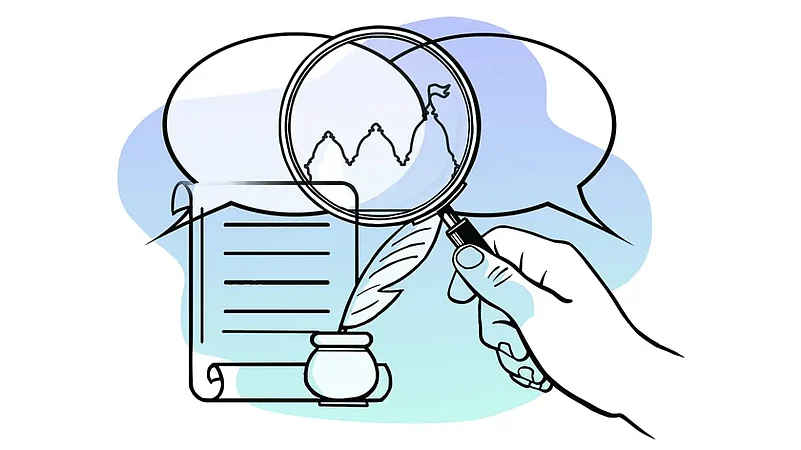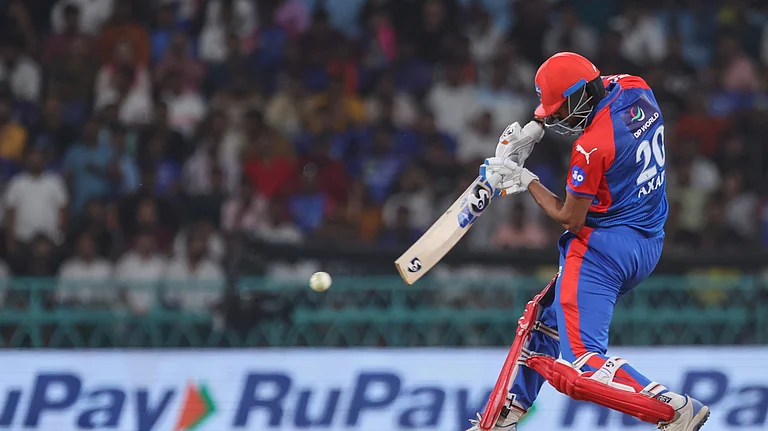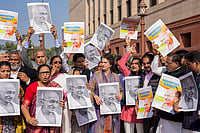Atithi Devo Bhava
I first became interested in translating Indian mythology when I studied Sanskrit in college in 1958. And when I went to India for the first time in 1963, at the age of 22, I wrote letters home to my parents, including a number of pages retelling Hindu myths—about Shiva, about the mare Saranyu, about the birth of the gods—which I continued to be interested in and about which I later wrote several books. These early letters, with the myths, are reproduced in a book of mine just published by Speaking Tiger: An American Girl in India: Letters and Recollections, 1963-64. They reveal how early I was fascinated by the challenge of translating Hindu myths. Myths are so deeply permeated by the cultures that tell them that any translator can only hope to capture a mere fraction of all their meanings. That fraction has to carry a double meaning: the meaning that it had in its parent culture, and that it will still have for the new culture—which may, in fact, take on new significance that it never had originally. The translator cannot hope to capture it all, and so each translator captures something different, which is one reason why there are so many different translations of the great myths of any culture—each translator tries and inevitably fails to capture it all, and so we try again and again.
Vasudhaiva Kutumbakam
Good translators don’t just pick up a text and translate it; they learn the history of the text, read the various commentaries on the text, try to find out what was going on in the culture at the time when the text was first recorded. The myth itself is never appropriated, but one particular version of it is given a new life in a new language; the original text remains there, unharmed, for another translator to come along and try to understand its meaning for another culture. If we were actually to replace any part of a myth with a new part, we would indeed change it into something new. But the myth remains there no matter how poorly captured, or politically twisted, or simply misunderstood any part of it may be. The fact that people DO keep messing about with their most important myths means that we need to regard with a certain amount of cautious suspicion any new retelling, especially by someone who does not have direct access to the language of the original.
Yogaschittavrttinirodhah
Clearly, some versions/translations of the Mahabharata and the Ramayana are much more interesting and beautiful and powerful than others, which is why the retellings by Kamban and Tulsi are particularly cherished by people who love the Ramayana, and certain parts of the Mahabharata—particularly the story of Nala and Damayanti, the Bhagavad Gita, and the Virata Parvan in which Arjuna dresses up as a woman—are retold in so many of the regional languages of India. And all through Indian history, kings have used in their inscriptions the great conflict between Rama and Ravana as an analogy for their own political conquests. The Ramayana was invoked in the destruction of the Babri Masjid, and in the cancelling of the project to build a shipping canal through what some people still regard as a submerged bridge to Sri Lanka built by Rama and his army of monkeys. Such events show how the Ramayana can still indeed be put to political uses. But no particular translation of the Ramayana was used in these political actions, merely the bare outline of the story as it is retold in so many translations and indeed in the original Sanskrit text.
Nirapekso Nirvikaro
All translations are in some way adaptations or retellings because it is simply impossible to capture ALL the meanings of words in one language when rendering the text into another language. Even the most literal translation must make choices about which of the many possible words to use to translate each word in the text. And so, even the most fastidious translation is an adaptation, not an entirely accurate representation of the text. Only by learning the language of the text can a reader really understand the text. But because life is short, and there are so many languages to learn, we all are grateful for careful, serious translations of texts in languages that we ourselves cannot read, and I believe that the translator’s profession is an important and honourable one.
(This appeared in the print edition as "Translator's Diary")
(As told to Rakhi Bose)
Wendy Doniger is the author of several acclaimed books on religion and Indian mythology





















